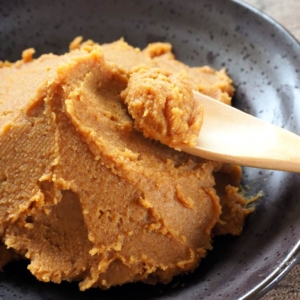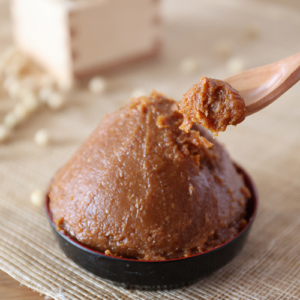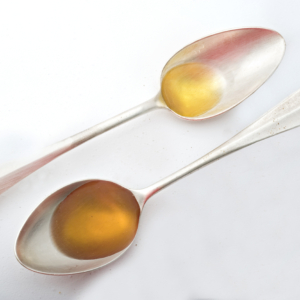
Natto, a traditional Japanese food made from fermented soybeans, is beloved for its unique flavor, sticky texture, and numerous health benefits. While making natto at home might seem daunting, it can be a rewarding culinary adventure. This guide will explore the differences between using a natto starter versus store-bought pre-made natto to kickstart your fermentation process.
If you are still confused about whether to use a natto starter or a store-bought pre-made natto starter, this article is for you!
Natto Recipe with Starter vs. Without Starter
Natto can be made using either a natto starter or a small amount of store-bought pre-made natto as a starter. Each method has its own advantages and challenges, which we’ll explore in detail below.
1. Using a Natto Starter
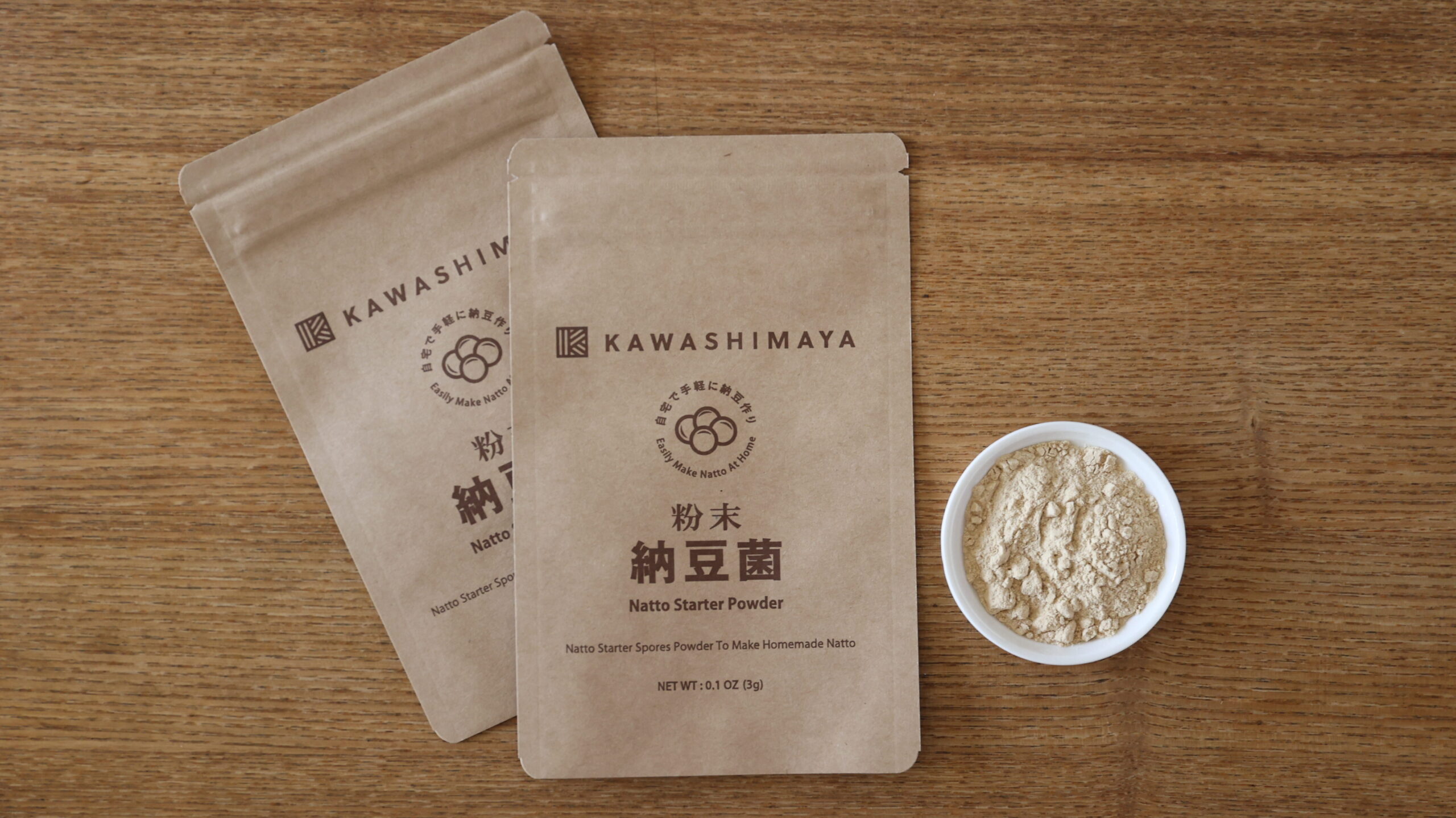
A natto starter is a commercial product that contains Bacillus subtilis, the bacterium responsible for the fermentation of natto. When using a natto starter, please prepare natto solution by dissolving the natto starter powder with water. Combine the natto solution with the cooked soybeans then ferment it in your fermenter or instant pot for 24 hours.
Pros
- Reliable Fermentation: The starter is manufactured to ensure the correct bacteria are present and equipped with a strong fermentation power, leading to a successful fermentation process.
- Consistent Results: Using a starter produces natto with a consistent taste and texture.
- Ease of Use: Ideal for beginners who may be unfamiliar with the fermentation process.
Cons
- Cost: Requires purchasing a starter culture.
- Availability: May not be readily available in all regions, requiring online purchase.
2. Using a Store-Bought Natto as a Starter
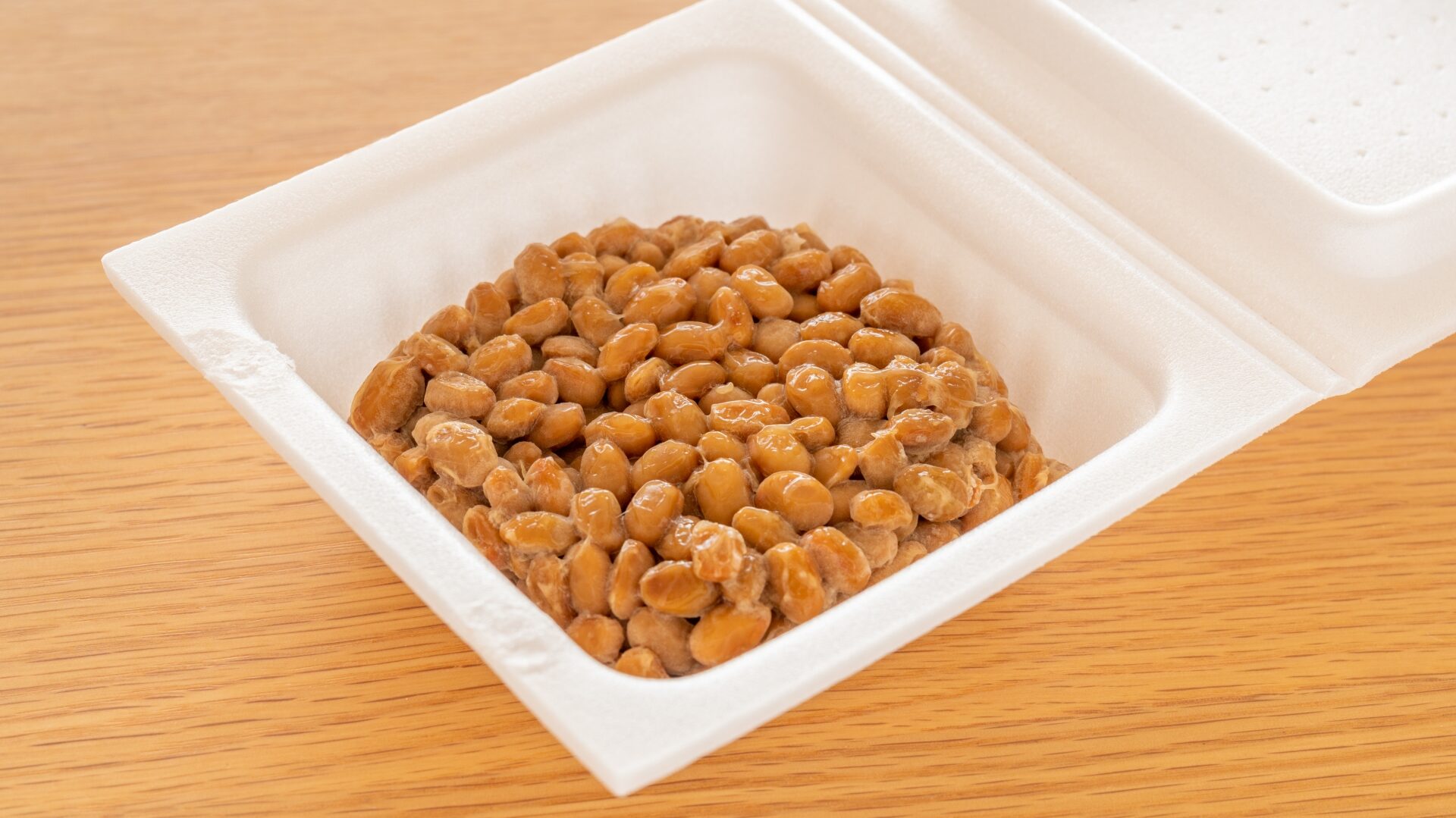
An alternative method is to use a small amount of pre-made natto as the inoculant. This method can be cost-effective and convenient, especially if you already have natto on hand. Mix a small amount of pre-made natto with the cooked beans. Ensure to stir and mix thoroughly and ferment it for 24 hours.
Pros
- Cost-Effective: No need to purchase a separate starter culture. No need to add more expense.
- Convenience: Easy to use if you can access pre-made natto or a store that sells natto nearby.
Cons
- Inconsistent Results: Pre-made natto has less fermentation power than natto starter, leading to variations in taste and texture because the result is less predictable.
- Potential Contamination: Using pre-made natto may introduce other microorganisms, which can affect the fermentation process.
Comparison of Results
When using a natto starter culture, you can expect a more uniform natto with a characteristic sticky texture and strong aroma. The fermentation process is typically more controlled, resulting in a high-quality product.
In contrast, using store-bought pre-made natto might yield varying results. It also depends on which natto you use. While some batches may turn out well, others might not ferment properly or develop the desired texture. This method requires a bit of experimentation.
Which Method Should You Choose?
The choice between using a natto starter and pre-made natto depends on your priorities and resources:
1) For Beginners: Using a natto starter is recommended. The process is simple and more likely to succeed, which could boost confidence for those new to natto making.
2) For Experimenters: If you enjoy experimenting and accept some variability in your results, using pre-made natto can be a fun and economical option.
3) For Consistency: If you value consistency and reliability, a natto starter is the best choice.
Ultimately, both methods can produce delicious and nutritious natto. Your decision might depend on availability, cost, and comfort level with the fermentation process.
How to Make Natto with Starter
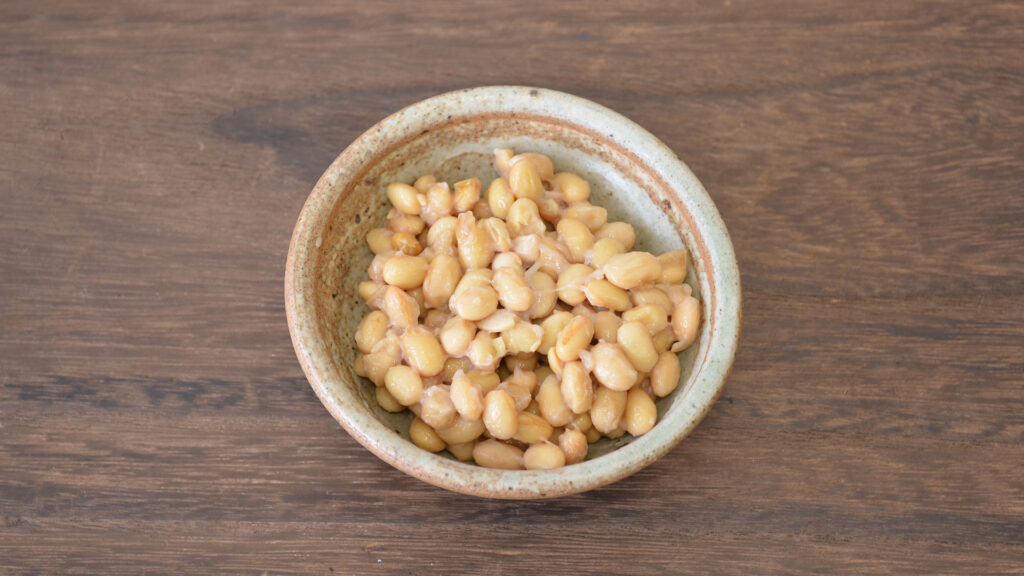
Regardless of what starter you choose, everyone should enjoy making natto.
To make natto, you will start by soaking and cooking soybeans until they are tender. Then, mix the drained soybeans with the natto starter solution or a small amount of pre-made natto and let it ferment for 24 hours. We are using an instant pot to make natto, but any fermenter device should be able to ferment natto. Once fermentation is complete, refrigerate the natto overnight, and it will be ready in the morning.
Making natto from scratch should take 3 days. Though it may be a bit tricky for first-timers, it will be easy once you know the drills!
Find our article about how to make homemade natto using a natto starter in the article below:

What is Natto Starter Made of?
Natto starter is typically composed of the bacterium Bacillus subtilis and soybeans. It may also contain a carrier such as rice flour or maltodextrin to help distribute the bacteria evenly throughout the soybeans. The ingredients are simple and safe, so you can use a natto starter to make homemade natto without worry!
How Long Does a Natto Starter Last?
Natto starter cultures generally have a one-year shelf life. The best way to store an unopened natto starter is to avoid high temperatures and humidity and store it away from direct sunlight. Once opened, please seal it and store it in the refrigerator to maintain its viability.
If there is bacteria contamination in the bag, the quality of the starter will degrade and you may be unable to make natto. Any opened bags of natto starters must be used immediately.
Where to Find Good Natto Starter
Finding a reliable natto starter is crucial for a successful fermentation process. If you are looking for a good natto starter in the US, we recommend this natto starter available on Amazon.
Our natto starter is extracted from 100% organic soybeans. It’s also used by natto manufacturers in Japan. The strong fermentation power ensures consistent results, perfect for beginners and experienced natto makers.
Recommended Products for Natto
Also Available On Amazon USA
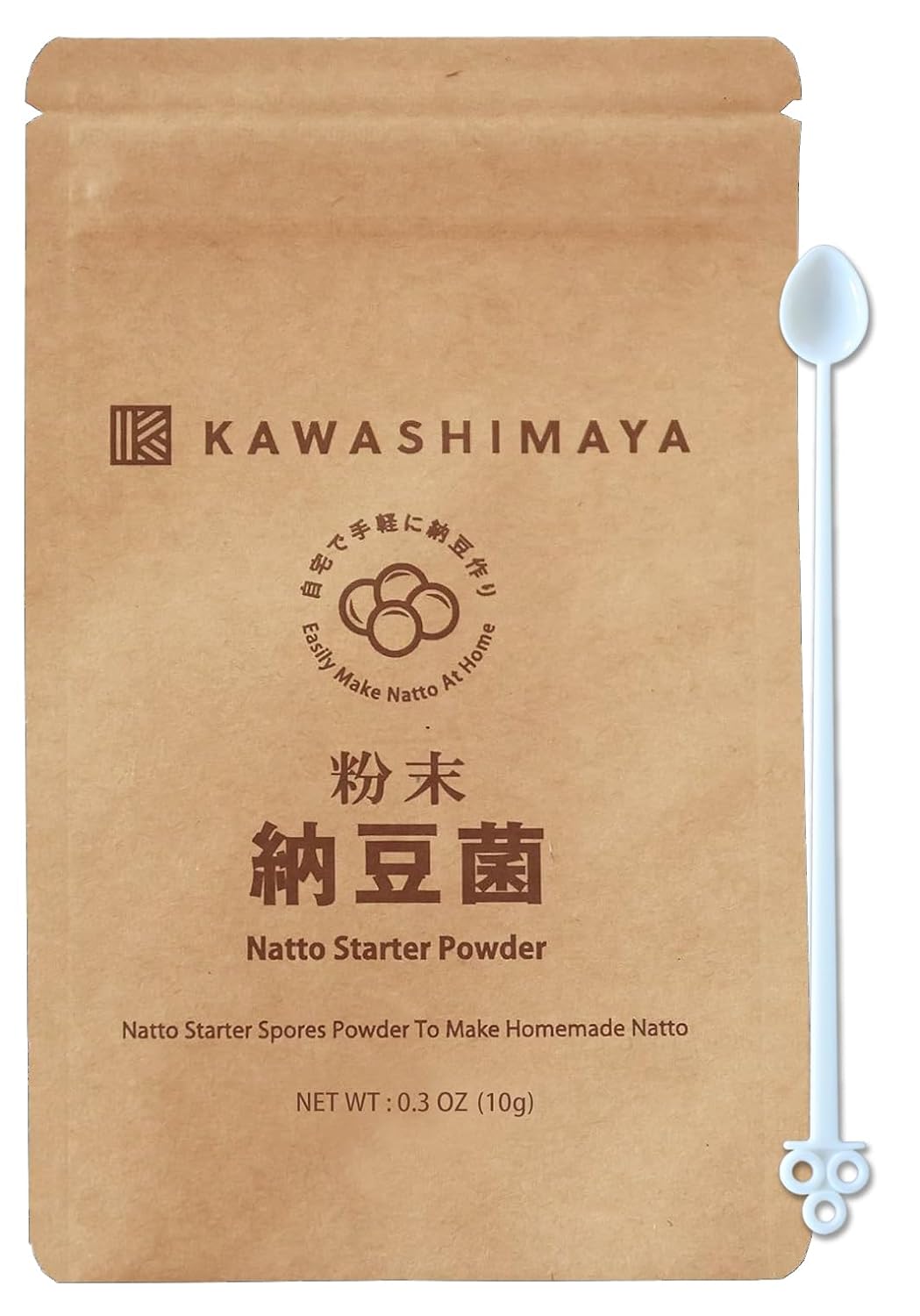
Natto Starter Spores Powder 3g – 100% Organic Soybean Extract
Easily make natto at home with this natto starter powder to get the best health benefits of natto every day! We use 100% purely cultured natto starter extracted from organic soybeans (not genetically modified). Compared to the general natto starter, this product is characterized by its strong fermentative power.







